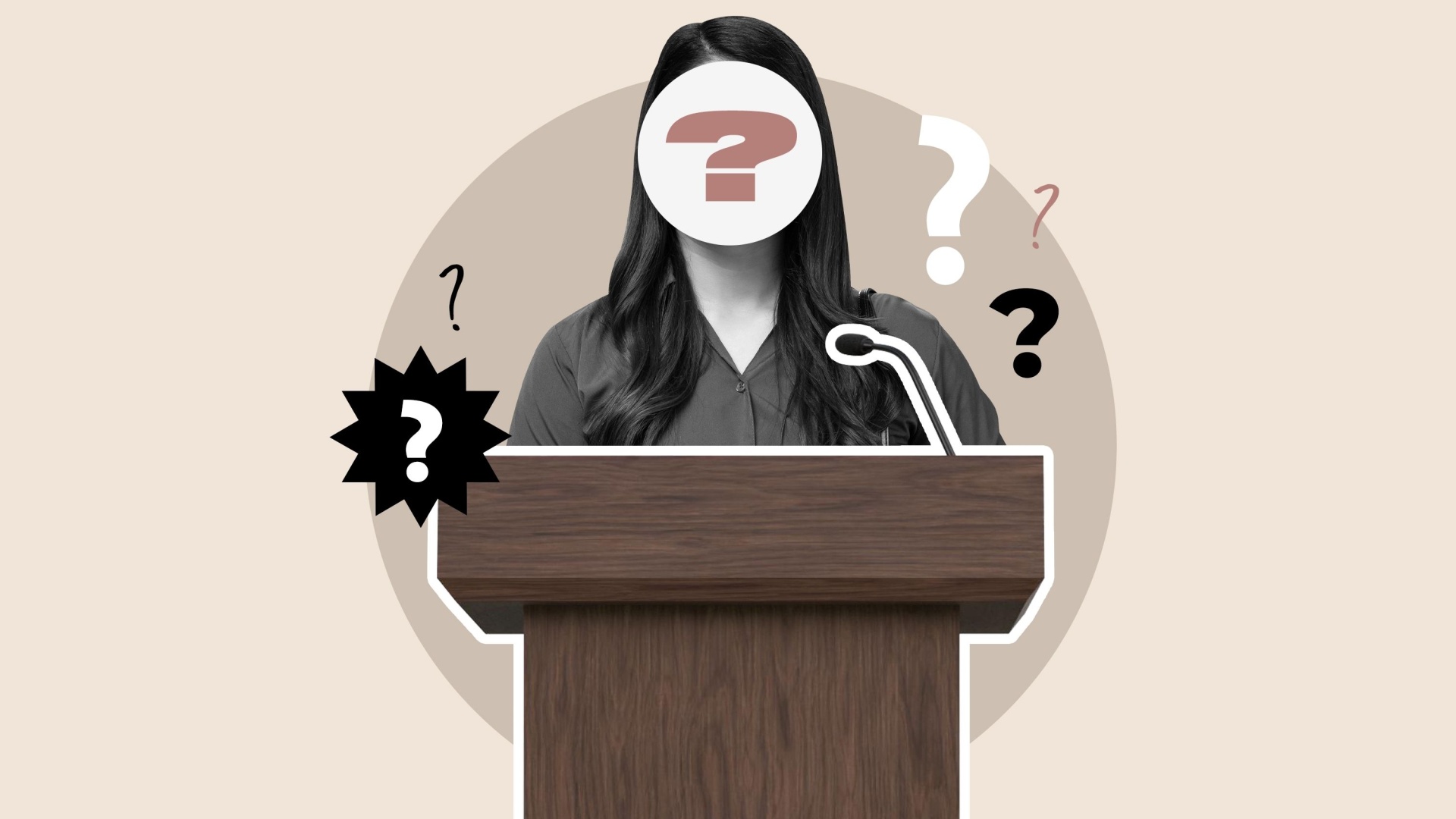Strong Female Images in History and How They Influenced the Image of the Modern Woman
In some periods, women were exalted, even deified, while in others their potential was underestimated or even completely ignored. One way or another, the female image is always dynamic, constantly changing and transforming, gaining more and more unique strength with each century. But which key female images in world history have had the strongest impact on the perception of femininity and on what we are today?
Prehistoric and Early Female Images: From Mother to Warrior Woman
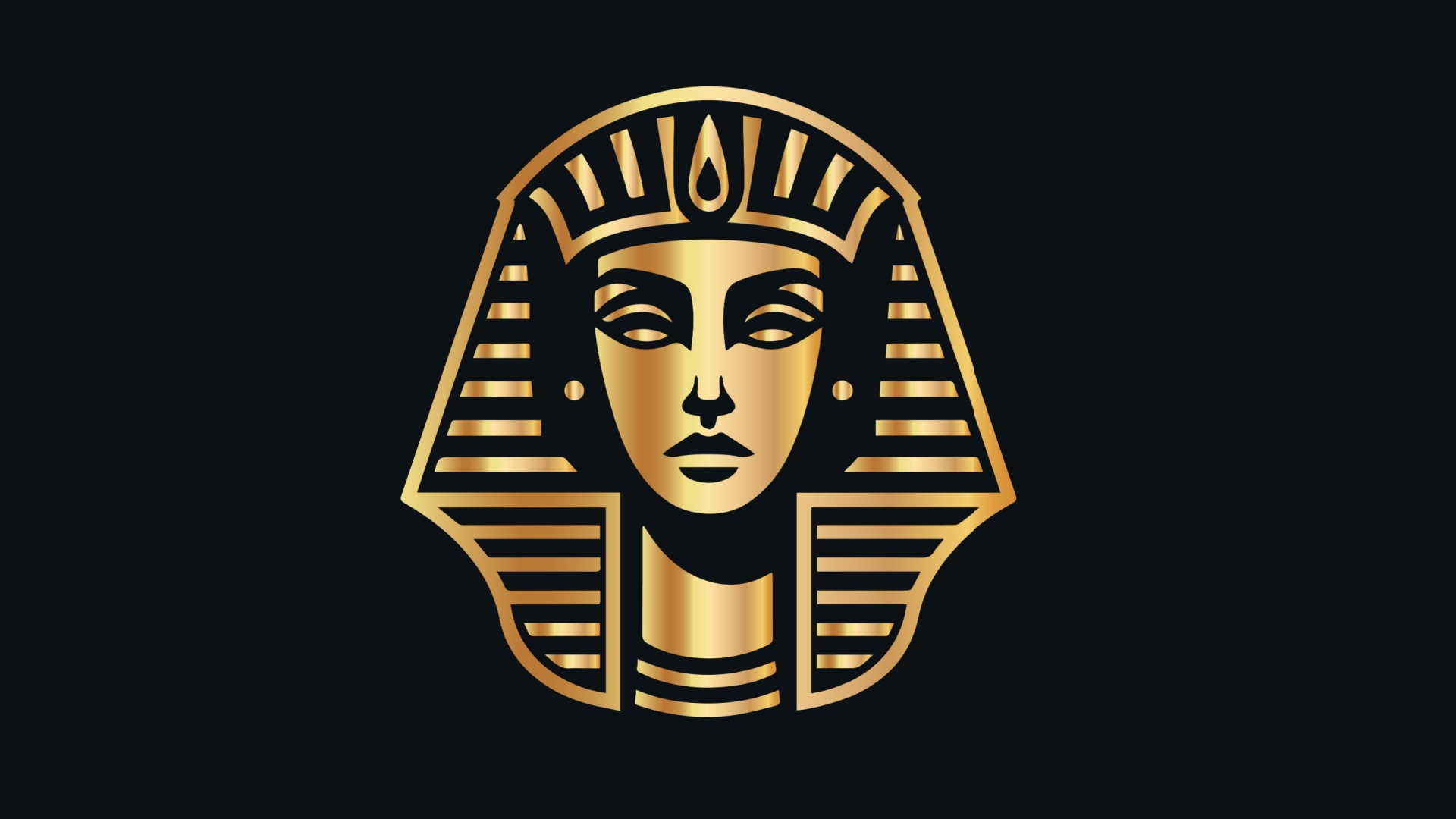
We won’t dwell on the fact that for many centuries women were discriminated against and deprived of even the most basic rights, such as independently choosing a spouse or their own clothing. This, of course, is self-evident, but in all eras there were strong female images and strong women in the flesh – that’s what we’re going to talk about today. It is to them that we owe a great deal that we no longer depend on anyone but ourselves.
It all started with the mother. In the primitive world, this was the main, key and strongest female figure, even stronger than men – the Mother. This is evidenced by the famous Paleolithic Venus figurines with pronounced female features inherent in mothers: large breasts, large abdomen. Then the power of women was undeniable, for who has the right to decide their fate and even the fate of the tribe, if it is the woman who gives birth to new members, gives new life? At the same time, a strong relationship arose between mothers and the earth because of their common, fertile, functions. Woman occupied a leading position in society, acting as the founder of the clan. Everything changed only when people moved from a nomadic lifestyle to a settled one, and men began to play the role of breadwinners and protectors, as a result of which the lever of pressure passed from merciful female hands to them.
For many centuries after that, strong women appeared in history only episodically, as small but very bright exceptions. Thus, in Ancient Egypt, women could not only hold high government positions, be priestesses or even queens, but also practice medicine: at least a dozen women are known to have provided medical assistance on a par with male healers, wrote scientific papers on childbirth and pregnancy, and were even buried with honors, as outstanding doctors. Among other things, women could manage men in project work, participate in festivities and ceremonies without restrictions, and even dispose of property. It is worth recalling at least Cleopatra, the last queen of Egypt, who lived only 38 years, but about whom legends are still told and films are made. It is striking not only her courage – Cleopatra committed suicide to avoid surrendering to the Romans when Egypt fell – but also her intellect, since Cleopatra, according to some reports, knew about seven languages, which even the most educated men of that time could not boast. Cleopatra, however, was not the only strong female figure in the history of Egypt – it is worth remembering Hatshepsut, whom historians consider “the first great woman in history” and were worshiped so much that they created those very legendary Sphinxes in her likeness (yes, they have exactly her face).
In Ancient Greece, women also had some of the freedoms that women from other countries at that time could not even dream of. Of the strong images, I would single out Sappho here – one of the first female poets who lived on the island of Lesbos, where women in principle led an active social life, almost indistinguishable from male. Sappho was included in the list of the Nine Lyric Poets – a kind of canon of poets of Ancient Greece, whose works had the greatest impact on human history – and dedicated her poems to female sexuality, love and desires, thereby challenging other poets.
The most powerful female images that have come down to us from Ancient Greece are the images of goddesses such as Artemis (goddess of hunting), Athena (goddess of music), Demeter (goddess of nature) and Aphrodite (goddess of beauty). Already in ancient Greek mythology, there is a tendency to endow women with strength and power, but at the same time explosive and “masculine” character (it is worth recalling the legend of how Athena turned the woman who “defiled” her temple into Medusa the Gorgon).
Such strong images can be found later in the history of other countries. For example, in Ancient Russia. I have always been particularly admired by the figure of Princess Olga – the first Russian ruler to accept Christianity, but famous not for virtue at all, but for her stubborn, harsh and even vindictive disposition. According to legend (which many historians have confirmed), her husband, Prince Igor, was executed by the Drevlians, from whom he came to collect tribute. In order to mend relations with Princess Olga after such a terrible act, who remained in power with a minor son, they sent her a proposal to marry for the second time, to someone from the Drevlian nobility. Olga buried the first matchmakers alive in the ground, the second ones burned alive in the bathhouse. After Olga finally agreed to marry and arrived to the Drevlians in person, but said that before the wedding she wanted to arrange a feast (trizna) in honor of her deceased husband in the same place. At the feast, Olga cut out all the celebrating Drevlians, and then set about besieging the hastily locked city. The key to Olga’s victory, they say, was birds: she offered the Drevlians peace in exchange for three pigeons and three sparrows from each Drevlian house. Receiving the birds, Olga tied burning stalks to their paws, and the birds hastily flew to their native nests. Thus, she burned the city of Drevlians to the ground and avenged Prince Igor.
This story is impressive, isn’t it? First of all, its severity, which not every story about male rulers is famous for. A similar female image and trace in history was imprinted by the Queen of France, Catherine de Medici. Historians say that it was she who was responsible for the St. Bartholomew’s Day massacre, when the Huguenots were genocided by Catholics. She also contributed to the development of French culture, as she was famous for her love of art and made generous monetary donations to its development. Catherine de Medici remained in power (albeit informally) even with three living and adult sons. She also had a scandalous predilection for breaking rules and traditions, for example, she always wore a black mourning dress after the death of her husband, although it was considered a funeral dress and was not suitable for everyday wear.
In an earlier period, between Princess Olga and Catherine de Medici, the legendary Joan of Arc left a very bright mark on the formation of female power. Perhaps, in some sense, she can even be considered the first self-made woman, who went from being an obedient and meek woman, as society wanted her to be, to a courageous leader of her own army, no different from male knights. She not only managed to convince the king to give her troops, being a common and poor shepherdess, but also drove the English out of French lands, turning the tide of the Hundred Years’ War. Of course, we all know that her story ended sadly – burning at the stake – but as a result, Joan became a national symbol of the freedom of France and not just a female, but even a religious image.
Renaissance Era as a Triumph of Naturalness
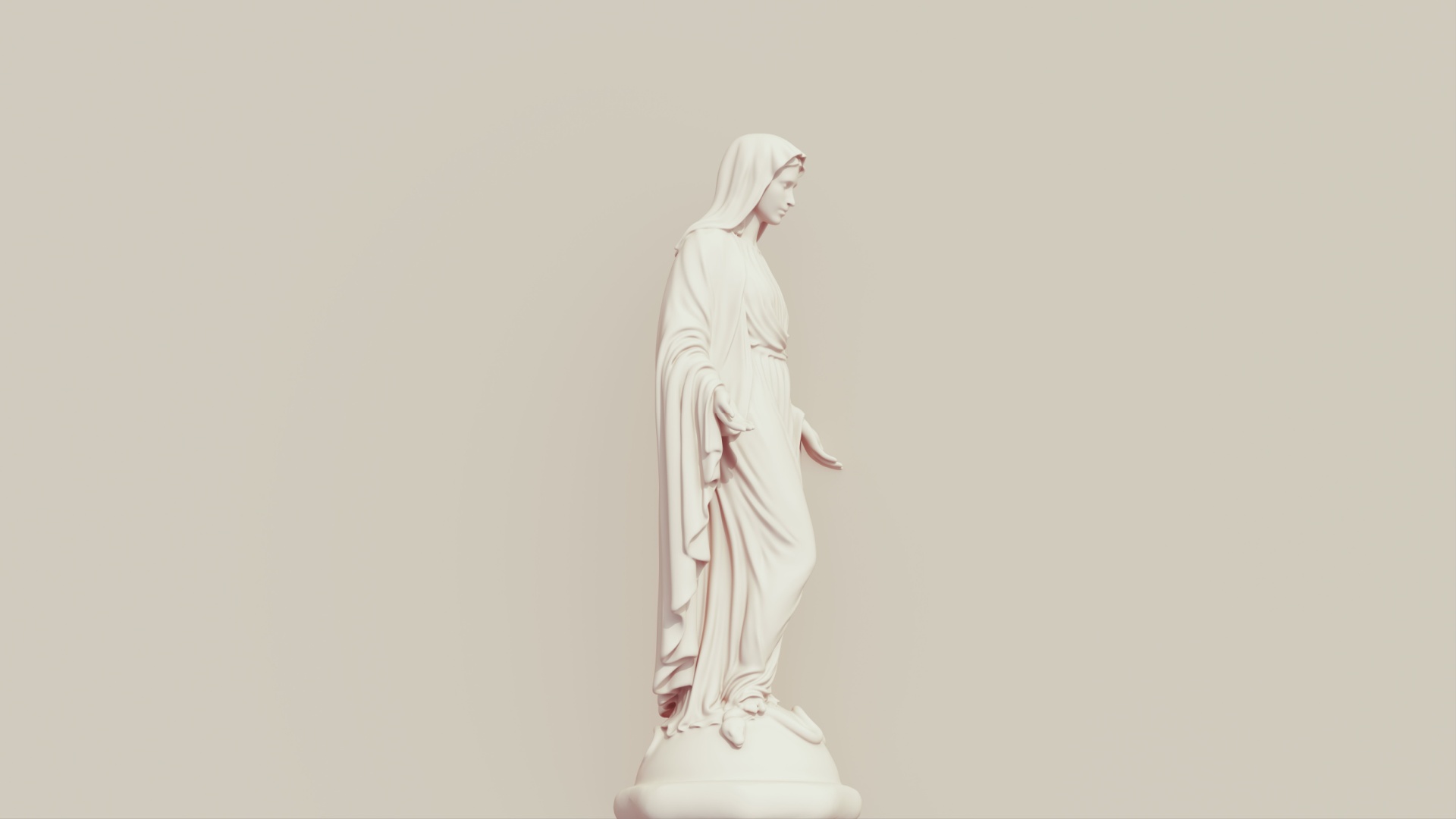
During the Renaissance, female images played with new colors. Their tonality, or rather the nature of their strength, changed. If all the female images given by me above seemed to aspire to become like men (starting from Ancient Egypt), differed in perseverance, cruelty and even in some degree bloodthirstiness, then starting somewhere from the 16th century, female power was completely revised. Now female strength is in naturalness, noble calmness, acceptance of oneself without striving to become equal to a man or surpass him, because femininity is a priori incomparable. Perhaps, the cult of the Virgin Mary, which preceded it, had an influence on the “softening” of female power – the popularity of the image of a woman, almost like a child, chaste and innocent both in soul and body, God-fearing, extremely quiet and meek in character. This female image as if merged with the images that we talked about – Cleopatra, Olga, Medici, D’Arc – and as a result, more harmonious figures were born.
Here I am talking more about the representation of women in art than about specific personalities, since it is art that the Renaissance era is most notable for, it is easiest to trace this evolution of femininity here. Female sexuality ceases to be sinful, but on the contrary attracts attention and arouses interest. That is why women on canvases begin to gradually undress, it is worth recalling at least “Venus of Urbino” by Titian or “The Birth of Venus” by Sandro Botticelli. A woman begins to be admired, her beauty and naturalness – to be enjoyed, and women also become more active in society everywhere. But the most famous and important female image of that time, of course, is Leonardo Da Vinci’s “Mona Lisa” – a mysterious smiling lady, the embodiment of a typical European beauty of that time, who looks absolutely natural without makeup, special jewelry and outfits, and this is where her beauty and inner strength lies. They say that Gioconda even made many ladies pay more attention to personal hygiene, since she herself looked incredibly neat, and at that time diseases and epidemics were constantly raging in the Old World. Maybe it is no coincidence that in the 16th century oils, colognes, perfumes, creams and personal care products begin to appear on sale? In the end, female images had a strong impact not only on what women are today, but also on the development of various areas of human life too, including the market.
Smart and Enlightened Women
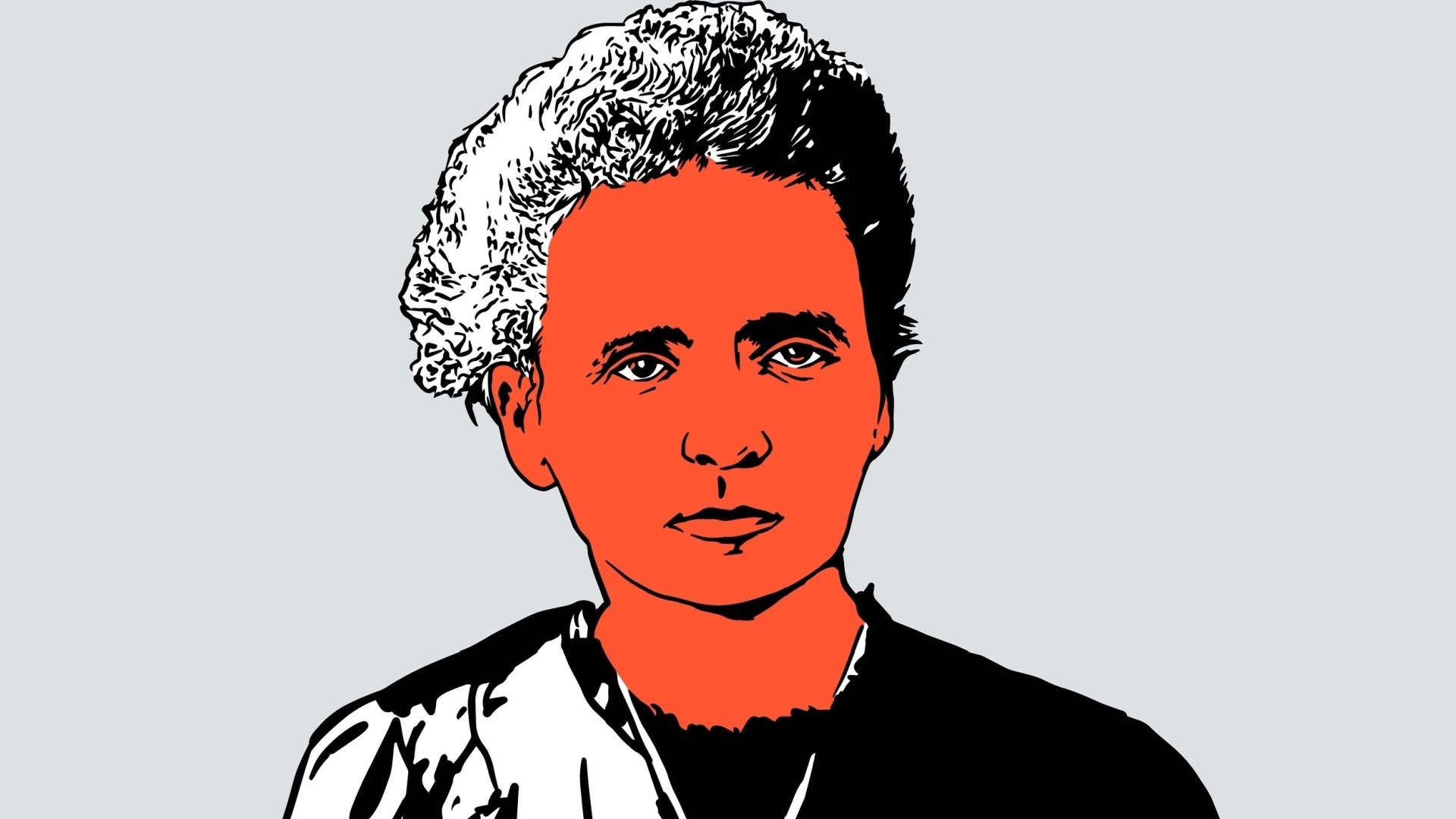
And around the 17th century, the female image changes again: from the mother it passed to the warrior woman and rival of men, then to the display of female naturalness, and then to the triumph of female mind and intellect. The first such woman, whose strength lay in her wisdom and who immediately comes to mind, is the Empress of Russia Catherine II. This legendary woman not only corresponded with French philosophers as with old friends, exchanging ideas and experiences, but was also completely independent in political power, won a victory in more than one war, and became the personification of the Age of Enlightenment in her country.
Thus, Catherine II laid the foundation for female education, instructing the state to “give educated women, good mothers and useful members of society” by opening female educational institutions, where they taught not only dancing, music, needlework and housekeeping, but also taught general education subjects that men studied. Queen Victoria is very similar in character to her influence on history. She also increased the education of the residents of Great Britain, but acted through the popularization of art, holding numerous exhibitions and promoting the scientific, artistic and spiritual development of society.
And a little later, the heyday of “female science” begins, when smart women stop hiding that they are smart, and begin to participate in technical progress and invention on a par with men, despite the fact that they continue to underestimate them and restrict their rights. Thus, one of the most striking “smart” strong figures I can confidently name Maria Skłodowska-Curie – the first woman to receive the Nobel Prize, and twice, which no man before her had been awarded. She made a real breakthrough in the field of chemistry and physics, discovering the radioactivity of many substances and their effects on living tissues at the cost of her own health, and also taught at the University of Paris, being the only woman in the composition. To the same category can be attributed Sofya Kovalevskaya – the first female professor in the field of mathematics, who became so when in Russia women did not yet have the right to receive higher education. In order to receive education, Sofya entered into a fictitious marriage and fled abroad.
Rosalind Franklin, who discovered the shape of the double helix of DNA. Cecilia Payne-Gaposchkin, who discovered the composition of stars. Ada Lovelace, who created the first prototype of a modern computer. And this is not even a tenth of the list of women who are united by one thing – an incredibly sharp and flexible mind, in no way inferior to the male one. It was these women who had the strongest impact on the female role in society, forced this very society to pay attention to female abilities and talents, to the fact that their presence does not depend on gender in any way. If you analyze the literature and art of that period, it becomes obvious that they featured predominantly educated women, whose strength lay not in the willingness to inflict physical violence, bear children, or even external refinement and naturalness, but in intelligence. Thus, a completely new facet of femininity was discovered, new female images appeared. Merging with each other and with past strong images, they created the basis of the modern woman. But some component was still missing!
The 1940s: Female Cunning and Charm
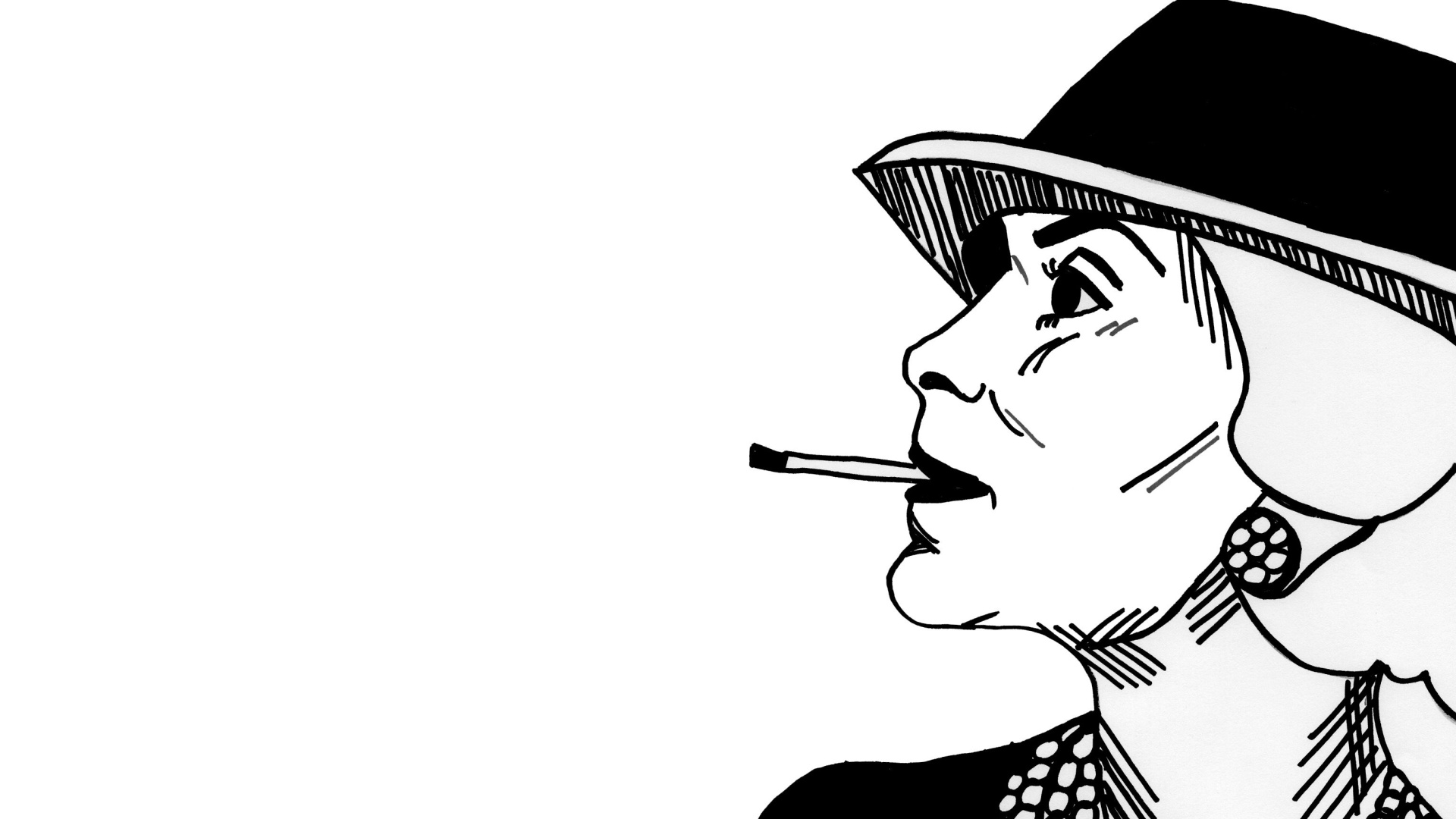
This component, or rather a new type of female images (and you, along with me, can count already about five such types in this article, all of them are a kind of steps in the “evolution of femininity”), appeared along with cinema. Of course, technical progress also contributed, which popularized literature, painting, increased the education of the average population and thereby also formed the need for a new female image, a new hypostasis of a woman. First of all, of course, women themselves needed this. In general, the emergence of such images was due, first of all, to their need for this: first the need to defend the right to power, then – to protect themselves from male pressure, then – to accept their femininity as it is, and finally – to find the courage to demonstrate to the world their mind and what it is capable of.
Similarly, in the 40s, which, as you know, accounted for World War II, there was a need for a female image of a different kind – cunning, charming, borrowing all the features of previous images, but at the same time corresponding to modern trends. Perhaps this is the answer to the question that tormented the writer Margaret Mitchell in her time, wondering why everyone loved her heroine Scarlett O’Hara instead of hating her.
I’ll be honest, I love her with all my heart too. Mitchell admitted more than once in interviews that she sought to emphasize Scarlett’s selfishness, greed, and even venality, but the audience somehow stubbornly refused to accuse her of these qualities. On the contrary, together they made Scarlett that very “strong woman”, an idol of millions, because it was these qualities that helped Scarlett survive in the Civil War, which the story tells about, and achieve prosperity. If it were not for these conditions, undoubtedly, Scarlett’s character would be perceived very differently. As a result, she showed women the way from a widow with a dubious reputation to a businesswoman with whom men reckon and whom these same men adore. Both in books and on the screen, she embodied the challenge that women had always dreamed of throwing to society, even if Scarlett was not perfect indeed. Even her ability to manipulate gentlemen was perceived by the audience as a reason for admiration. All because she showed another “strength” of a woman, which they were previously ashamed to talk about – cunning.
A similar feeling – delight, respect and envy of such skillful handling of connections and her talents – is caused by real personalities, for example, Gabrielle Coco Chanel, who revolutionized the world of fashion. She freed women from tight corsets, introduced the little black dress into fashion (does anything remind you? I’ll tell you: Catherine de Medici), opened her own fashion house and more than once beat men who tried to take her business away from her. However, she founded it not without their help, which, however, is no secret and only confirms that a woman’s ability to use men suddenly turned into the same talent as sewing or conducting secular conversations during this period.
A Little About Disney Princesses
Many analytical reviews of the evolution of Disney movie princesses have already been published in online publications and beyond, since they really reflect the needs of society and female ideals well, the images to which girls were accustomed before they began to form and choose them themselves. Thus, if we analyze the image of Snow White in 1937, it becomes obvious that there was a demand for a “typical housewife” at that time: Snow White cleaned both the palace and took care of the dwarfs, and endured the evil stepmother, until she, patient, kind and unhappy, was saved by a handsome prince. This image, in comparison with other subsequent images of princesses, is very “licked” and naive, intended primarily for small girls of that time. “Cinderella”, filmed in 1950, did not go far from Snow White, but, nevertheless, you can notice a new feature in her “female character” – critical thinking. She does not yet challenge toxic sisters and stepmothers, but still begins to contradict them and act independently, for example, goes to the ball without asking.
However, real “female rebellion” begins with “The Little Mermaid”, filmed in 1989, where the image of Ariel finally embodies the image of a modern woman, independent and separated, fleeing from hypercare and a life that does not suit her. Thus, you can observe how even in cartoons female images gradually acquire deeper and sharper features and become stronger. The next step of the “strong image” among Disney princesses were Pocahontas and Mulan, the closest to the warrior women and equal to men, and then – the heroine Tiana from “The Princess and the Frog”, embodying a modern and brisk self-made lady who works in several jobs and saves a man, and does not wait for salvation herself. “Rapunzel” from 2010 became a turning point, marking the completion of the transition from sublime and tender nymphs to purposeful, natural and brave women with their personal problems, fears and desires. From that moment on, a new generation of female images went to Disney, and thanks to this, you can track how much the needs and requests of the female audience have changed. Similarly to how Disney princesses changed, so did the ideas about other women in history that we have already analyzed, as well as such ordinary women as you and me too. All this together gave rise to a new, unique image of the modern woman that we have today and that inspires first of all ourselves, which we strive to correspond to.
What Is She Like – a Modern Woman?
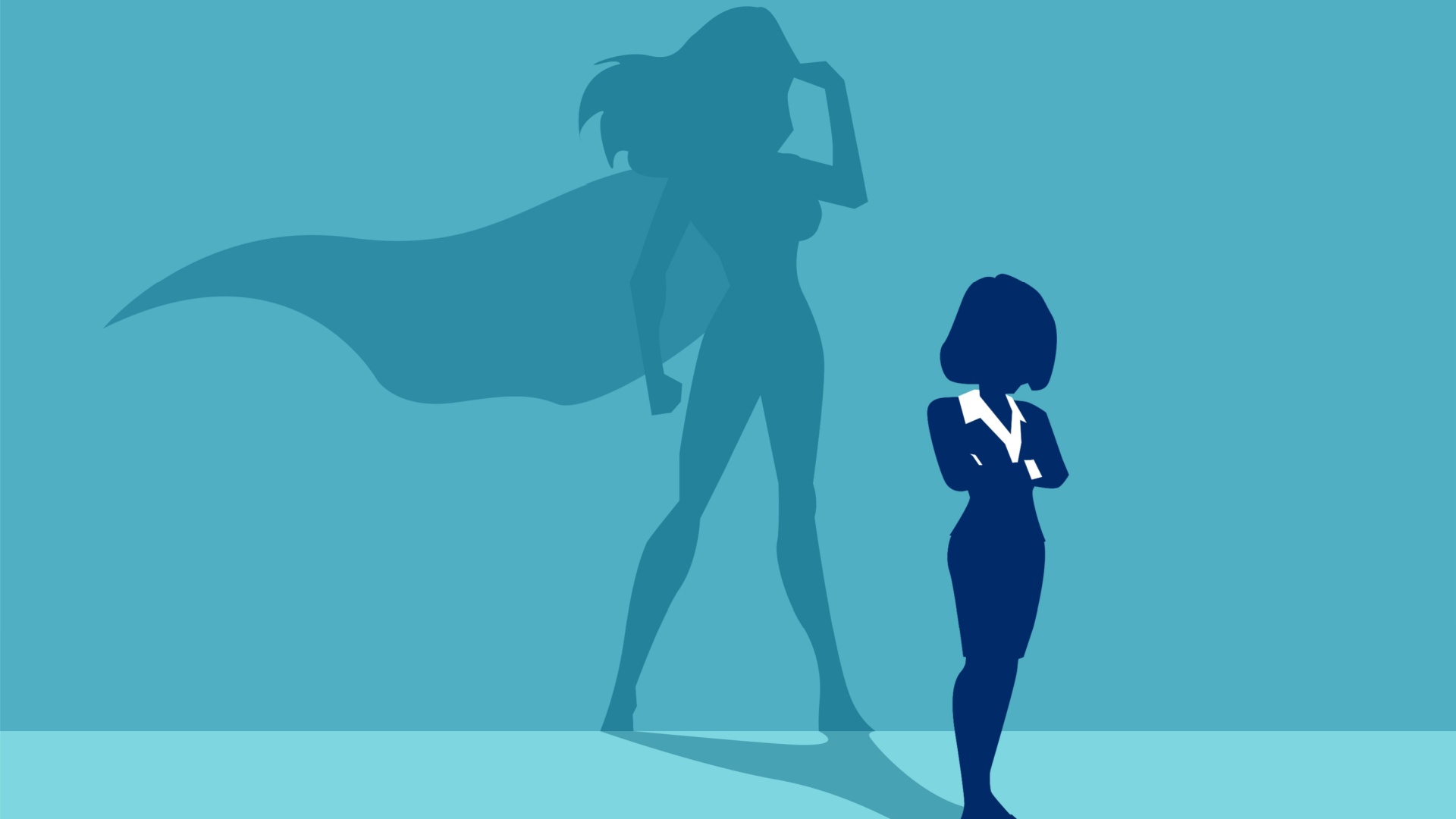
Today’s situation with the position and opportunities of women in society, of course, is very different from what this situation looked like in ancient times or even a hundred years ago. Thus, as of 2023, the participation of women has increased by 56% compared to the previous decade, although at the same time it is still significantly lower compared to men (women in Congress and in top political positions are about 25%). Compared to 1950, the number of working and self-supporting women by the beginning of the XXI century has increased from 34% to 60%. In short, despite the fact that restrictions, injustices and imbalances are still encountered (for example, in wages), women are constantly increasing their presence in all areas of life and the economy.
Even the “strong images” of the X century no longer seem so strong compared to what the average woman is today and what she can do. Of the key components of the modern female image, I immediately want to highlight that a modern woman:
- Combines motherhood and career. And a career no less successful and active than men’s! The modern woman is much more flexible, resilient and harmonious, we are no longer obliged to stop our choice on one thing and can develop in several areas at once, be both loving mothers and beloved wives, and strict bosses. Even if it is difficult, most women do so – and very effectively! This is something that women of the past did not even dream of, but what today is perceived as an absolute norm.
- Takes the initiative in personal life and business. Launches projects, masters new professions, gets acquainted, makes business connections, takes on leading areas, creates or occupies a new niche, invents, offers ideas. In short, the modern woman is in some sense much smarter than her predecessors, more precisely, she is not afraid to show and use this mind.
- Is not afraid to criticize, express her opinion and defend her position. Like high intelligence, critical thinking is a relatively new “female trait”. When we are asked to imagine a modern woman, we most often imagine a brisk, straightforward and courageous lady who will not be silent if she is paid less than a colleague, or will say that she does not like the offer and will refuse.
- Loves complex tasks and supports other women in this. Modern women do not give in to challenges and draw inspiration from overcoming crises and inspiring others to do so. Maybe you have also noticed how actively women’s communities have been developing in recent years? How many women-sisters, mentors have become, who not only implement “female solidarity” in practice, but give other women motivation, advice and resources, come to help? WE Council, for example, is also a community of women, not the only one, but all our participants support each other, and their number is only growing every month.
- Are not ashamed that they are women, and on the contrary emphasize it. Femininity has ceased to be a flaw and weakness, as it has been for many centuries. Today, femininity is an advantage, a strength, and it no longer needs to be hidden, it needs to be used and turned into a weapon. I immediately remember how at the beginning of my career I tried to emulate men, dressed inconspicuously and closed, even greeted them like them. And then I realized the charm of being a woman in the business world, and now jewelry, red lipstick, bright suits are commonplace for me even at a meeting.
Of course, not all of us perfectly and 100% fall into this image, it is rather the ideal to which a modern woman aspires and realizes in herself to the extent of her capabilities and resources. We all have different ambitions and desires, different talents and characteristics, so you do not have to collect this combo in yourself. Thus, the fifth point “do not be ashamed to be a woman” also means that a modern woman can remain a housewife and perform exclusively a maternal role, if she so desires. The key word here is “herself” – that’s what the core of the modern female image is. A woman no longer follows anyone – she leads and decides everything herself.
Such women will gather at the next WE Convention 2025 on November 1-2 in Dubai, to which you can still join! Former Vogue editor-in-chief and fashion icon Anna Wintour, author of the bestselling book “Sex and the City” Candace Bushnell, Microsoft Egypt General Manager Mirna Arif and many other outstanding and strong female leaders will come together to write a new chapter in the history of the development of the female image. Their example proves. that you too can find the strength that has been accumulating in women since the beginning of time. Finally, it can be shown to the whole world and splashed out!


